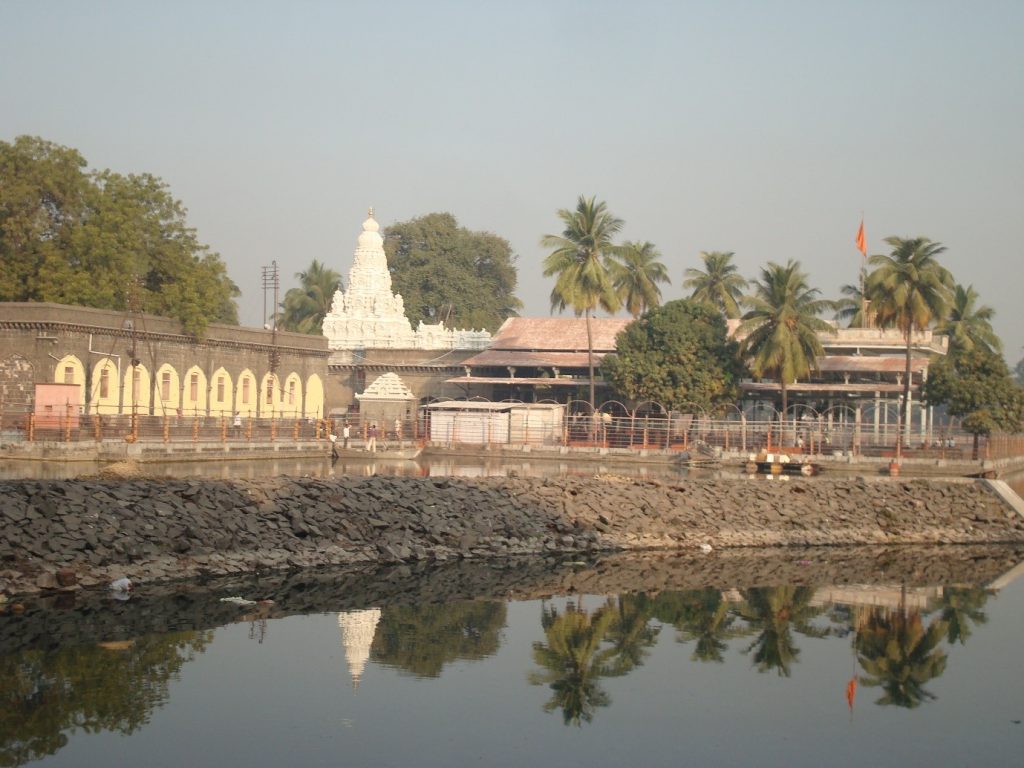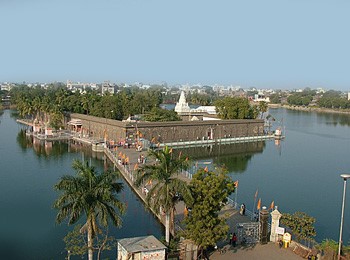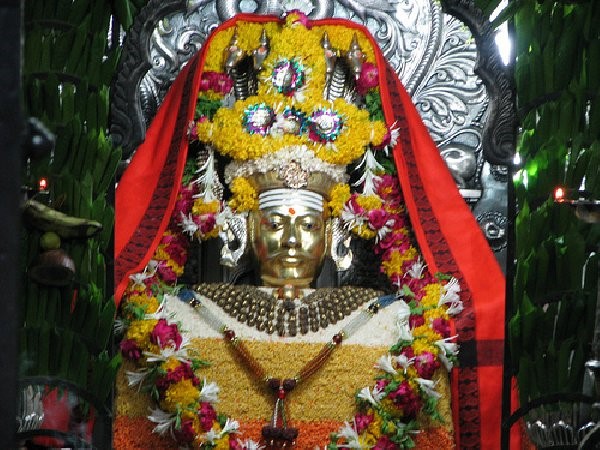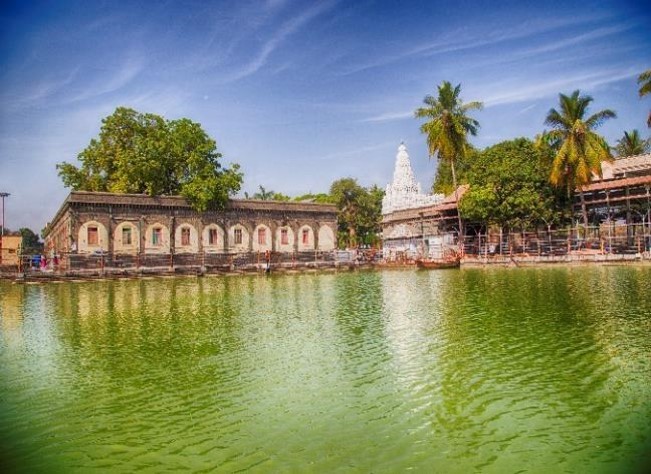- Private car and driver in Delhi / India
- +91-8447445445
- info@discoverindiabycar.com sugar.ankit@yahoo.com
 +91-9818434712
+91-9818434712
Guide to visit siddheshwar temple in Solapur
As the location of Shri Siddheshwar’s Samadhi, worshipers hold the shrine in high regard. A splendid sanctuary is housed within the main temple structure. The Siddheshwar statue is located in this hallowed area. Lord Siddheshwar installed all sixty-eight Shiva Lingams in the main courtyard with the same intention. Among these temples are the famous ones dedicated to Amrit Linga and Ganesha. The temple is home to the temples of many gods, such as Goddes Rukmini, Vithoba, and a silver-plated Nandi. Siddheshwar’s marble tomb is located in the center of the temple. There will be enough maha-prasad for each and every follower.

A succinct history of the siddheshwar temple Solapur
As far as anyone can tell, the Siddheshwar temple was constructed by an adept yogi and follower of Sri Mallikarjuna of Srisailam. He addressed people as Shri Siddharameshwar. Following his master’s orders, he constructed this temple and installed 68 Shiva lingams inside. Some say that the success of the city can be attributed to the birth of this saint, and that the deity may bless those who worship him. Shri Siddheshwar is one of the six prophets of the Lingayat faith.
The Siddheshwar temple has several courtyards that provide access to its many features. One of these courtyards leads to a little, exquisitely maintained garden. Nelavatvad’s altar is located on the grounds of the temple. The Siddheshwar Lake, which encircles the temple, is a popular destination for tourists who come to observe the local fauna. You may instead visit the nearby Bhuikot Fort instead of the temple.
Achieving the ultimate objective

Local buses and autos may easily reach the temple as it is only a short distance from the main train station.
When is the ideal time to go to the siddheshwar temple Solapur?
The three days of the Makar Sankranti festival are the happiest times to visit the temple since there is a grand celebration. Furthermore, the temple hosts the fifteen-day Gadda Yatra event.
Travel: An Evolutionary Timeline
An essential component of Solapur’s identity, the temple is home to the annual Gadda Yatra, a large fair honoring Lord Siddheshwar that draws enormous crowds every year on Makar Sankranti. The event, which has been observed for more than 700 years, played a significant role in the temple’s development as a destination for pilgrims. The Yatra has been a major factor in the noticeable rise in the number of visitors to Solapur.
Current Trends in Travel Clothing
In recent years, the idea of spiritual tourism has gained appeal. This tendency shows that tourists are looking for experiences that encourage reflection and inner serenity. Exactly that is provided by the peaceful settings of the Shri Siddheshwar Temple, which is located by the Siddheshwar Lake, coupled with opportunities to learn about the local traditions and customs. To increase tourism in the region, the government has put in place initiatives that showcase locations such as the Siddheshwar Temple. As a result, visibility and accessibility have both increased.
The shrine of Shri Siddheshwar has an idol

At the Shri Siddheshwar Temple, the sole object of devotion is Lord Siddheshwar, who assumes the shapes of Vishnu and Shiva. As a result, the idol of the temple depicts the holy incarnation of the gods Vishnu and Shiva, who had the same name. To witness the Jeeva Samadhi that Shri Siddharameshwar reached, a large number of pilgrims visit the Shri Siddheshwar temple. In the courtyard lies a lovely temple devoted to the saint Nalavatvad. This is also the location of a silver-plated Nandi statue. There are numerous gods’ temples within this enormous structure, including the Vithoba and Goddes Rukmini. Visitors will be mesmerized by the many beautiful carvings seen throughout the temple.
The Lake of Siddheshwar

Adjacent to the Siddheswar temple lies the expansive and picturesque Siddheshwar Lake. The majority of visitors adore coming here at night, when the river reflects the exquisite lighting of the temple. The legend that all the holy rivers pleaded to stay in the lake is thought to have inspired Sri Siddharameshwar to build it. This explains why people hold the lake in such high regard. Feeding the many fish species that live in the lake is regarded by both locals and pilgrims as a religious rite. That’s why you could encounter a swarm of sellers selling fish dishes right outside the temple premises. Food that has been thrown into the lake in large quantities is still absolutely edible and unspoiled.
Additional features in the Siddheshwar temple
The inner courtyard of the temple can be accessed by road through three gates that are positioned at regular intervals around its façade. The Seer’s Samadhi is located exactly in the middle of the courtyard. The shrine of Saint Nalavatvad may be located in the middle of the garden, in another area of the courtyard that leads to a gorgeously designed garden. The depiction of Manti, the sacred bull, is located in the antechamber. Rear wall of the ante-chamber with a stone-walled shrine lined with finely carved silver sheets. There are two stone walls inside the shrine’s boundaries. The saint would frequently take a seat in the middle of the dim wall to reflect.
Conclusion
The Shri Siddheshwar Temple’s rich history, exciting cultural activities, and serene spiritual atmosphere captivate both tourists and devotees. This site’s historical magnificence and religious significance have kept it relevant as a Maharashtra tourism destination.
FAQ:
Q1. What is the object of worship at the Siddheshwar Temple?
A. Within this temple, the target of devotion is Lord Siddheshwar, who is an incarnation of both Shiva and Vishnu. The fort behind it adds charm to its location in the middle of a lovely lake.
Q2. Could you please explain the meaning of Siddheshwar and who he is?
A. This compound phrase, Siddheshwar, signifies “Lord Shiva,” “Siddha,” “accomplished,” “perfected,” “fulfilled,” “gained,” “successful,” “sanctified,” “holy,” “divine,” “eminent,” and “shining,” and “Ishwar,” which implies “Lord Shri Krishna.”
Q3. Why is Siddheshwar Dham a well-liked tourism destination?
A. Siddheswar Dham’s main draw is the magnificent 108-foot-tall monument of Lord Shiva. It is one of the tallest sculptures of Lord Shiva in existence. The monument is encircled by tiny shrines honoring several Hindu deities and is bordered by lovely gardens and water elements.
Q4. When was the Siddeshwar temple constructed, please?
A. The Parmar era constructed the Siddeshwar temple, a great example of Bhumija architecture. From the ninth until the fourteenth century, the Parmar dynasty ruled over Malwa and the surrounding regions of west-central India. The dynasty’s capital was situated in Dhar.
Q5. Which state is the location of the Siddheshwar temple?
A. The Solapur district of India is home to the Siddheshwar Temple, an ancient Hindu monument. People who practice Hinduism and the Lingayat faith hold it in the highest regard.











